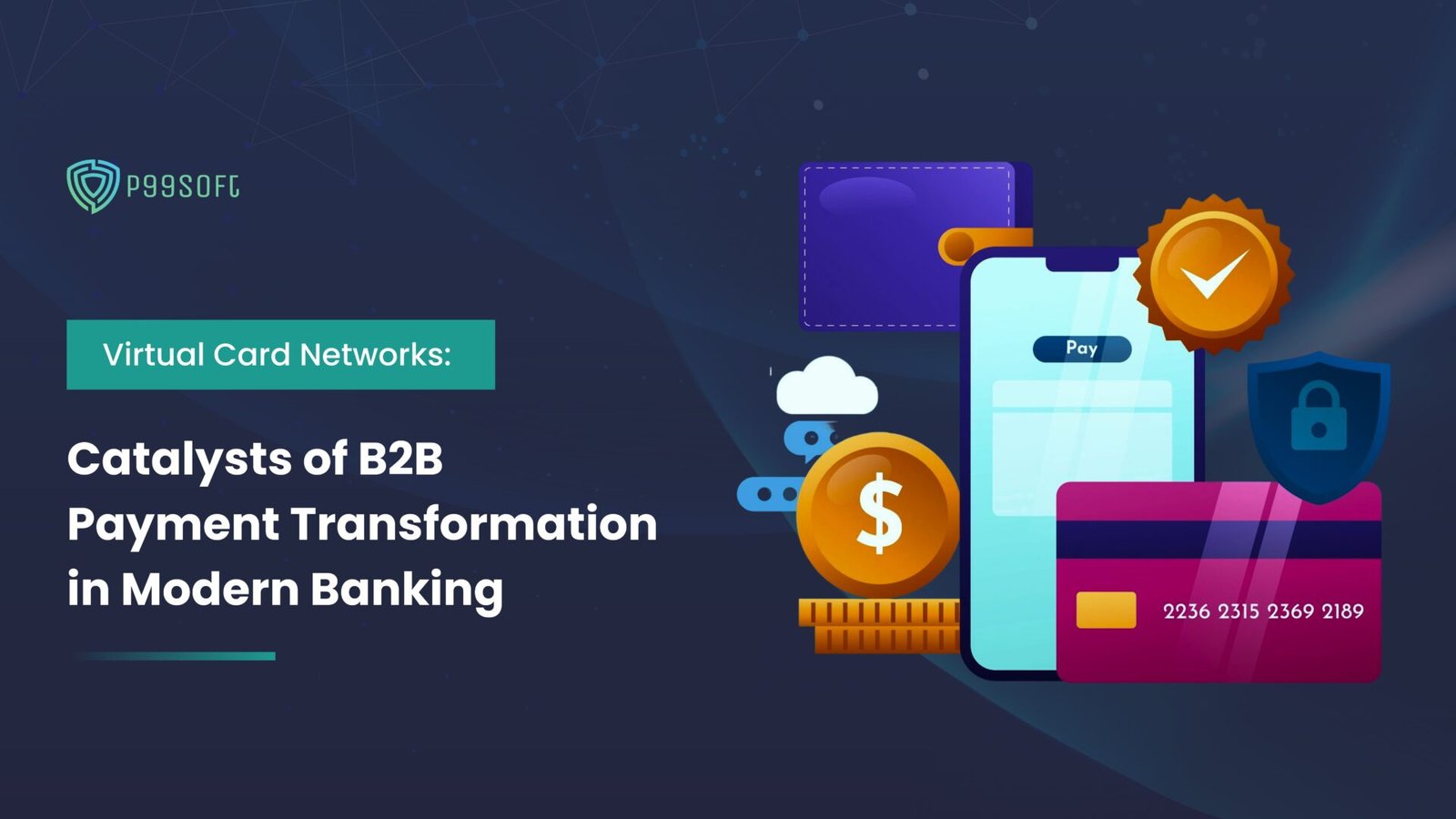Almost every industry is either planning or moving towards the digital approach of their business. Not only large size companies but also small to mid-sized companies are also trying to adopt digital transformation and it has become a growing trend across the business world. One of the key pillars for any company’s digital transformation journey is Cloud Migration and Transformation. Due to this very strong rationale, companies are rapidly migrating their applications, databases, and infrastructure to the cloud
However, before embarking on a cloud migration journey, it’s essential to identify the driving factors behind the transition. Businesses opt for cloud transformation due to several key drivers that address strategic, operational, and competitive needs. Main drivers include a combination of cost savings, scalability, improved performance, enhanced security, innovation, collaboration, focus on core competencies, sustainability, data insights, and competitive advantage. These drivers help businesses become more agile, efficient, and responsive to market demands, ultimately leading to better business outcomes.
With the aforementioned reasons, transitioning to the cloud has become a strategic imperative. However, cloud migration can be complex, requiring meticulous planning and execution. To ensure a smooth transition, it’s crucial to follow a structured approach. In P99Soft we follow seven key steps to ensure a smooth and successful cloud transition.
1. Assess Your IT Infrastructure and Define Goals
Before starting the migration to cloud model, We at P99soft perform a thorough analysis on the current IT portfolio. Assessment of your existing IT infrastructure includes areas such as applications, data, dependencies identification, performance requirements, and potential migration challenges.
We Evaluate application compatibility, dependencies, and potential cloud migration strategies (lift and shift, refactor, replatform, rebuild). Setup a dedicated architect team to identify the data centers which are old and analyze the applications that are running on those data centers. This team performs proof of concepts and feasibility study of migrating the applications to cloud.
Define clear goals for the cloud migration, such as cost savings, scalability, or improved performance. Establish success criteria and key performance indicators (KPIs) to measure the migration’s effectiveness.
2. Select the Right Cloud Provider
When dealing with a highly distributed application that operates across the globe, key factors to consider include global reach, network performance, content delivery, and the ability to manage and scale distributed workloads. Choose a provider that supports your applications and meets business goals, security, compliance, and performance requirements. It is important to discuss and establish clear service level agreements (SLAs) with the provider to ensure performance, uptime, availability and support commitments are met.
Here’s a comparison analysis of the major cloud service providers—Amazon Web Services (AWS), Microsoft Azure, and Google Cloud Platform (GCP)—based on their offerings for globally distributed applications:
Comparative analysis of Cloud Service Providers
| Feature/Service | Amazon Web Services (AWS) | Microsoft Azure | Google Cloud Platform (GCP) |
| Global Reach | 25 Regions, 81 Availability Zones | 60+ Regions, 140+ Availability Zones | 35+ Regions, 106+ Availability Zones |
| Content Delivery | Amazon CloudFront | Azure Content Delivery Network (CDN) | Cloud CDN |
| Networking | AWS Global Accelerator, Direct Connect, VPC Peering | Azure Front Door, ExpressRoute, Virtual Network | Cloud Load Balancing, Cloud Interconnect |
| Scalability | Auto Scaling, Elastic Load Balancing | Virtual Machine Scale Sets, Azure Load Balancer | Autoscaler, Global Load Balancer |
| Data Replication | DynamoDB Global Tables, S3 Cross-Region Replication | Azure Cosmos DB Global Distribution, Blob Storage Geo-Replication | Bigtable Global Tables, Cloud Storage Multi-Regional |
| Latency Optimization | Edge Locations, Route 53 | Azure Traffic Manager, Azure Front Door | Global Load Balancing, Anycast IP |
| Disaster Recovery | AWS Backup, AWS Disaster Recovery | Azure Backup, Azure Site Recovery | Cloud Storage Backup, Regional Failover |
| Compliance | GDPR, HIPAA, SOC 1/2/3, PCI-DSS, ISO | GDPR, HIPAA, SOC 1/2/3, PCI-DSS, ISO | GDPR, HIPAA, SOC 1/2/3, PCI-DSS, ISO |
| Developer Tools | AWS CodeDeploy, AWS CodePipeline | Azure DevOps, GitHub Actions | Cloud Build, Cloud Source Repositories |
| Support and Ecosystem | Extensive marketplace, comprehensive support plans | Large ecosystem, strong enterprise support | Extensive tools, comprehensive support plans |
3. Design the Cloud Architecture
Design your cloud architecture to leverage cloud-native features such as auto-scaling, load balancing, and managed services. Incorporate security best practices, including encryption, identity and access management, and compliance with relevant regulations. Plan for disaster recovery and business continuity by designing for redundancy and failover capabilities. Couple of cloud features are elaborated below
Auto scaling can be implemented to automatically adjust computing resources based on real-time demand so that applications can handle varying loads efficiently, scaling up during peak times to maintain performance and scaling down during off-peak times to save costs. Similarly, load balancing can be considered to evenly distribute incoming network traffic across multiple servers or instances. This helps in enhancing the availability and reliability of your applications by preventing any single server from becoming a bottleneck and ensures a seamless user experience.
“Although rebuilding requires losing the familiarity of existing code and frameworks, the advantage of rebuilding an application is access to innovative features in the provider’s platform. They improve developer productivity, such as tools that allow application templates and data models to be customized, metadata-driven engines, and communities that supply pre-built components” – Gartner
4. Pilot and Test
At P99Soft we always recommend to Initiate a pilot migration with a low-risk workload to serve as a testing ground. This approach allows for the identification of potential challenges, refinement of migration procedures, and assessment of performance metrics within a controlled environment.
Rigorous testing, encompassing functional, performance, and security evaluations, is crucial to ensure seamless application operation in the cloud. By soliciting feedback from stakeholders and end-users, you can address any emerging issues and optimize the cloud migration strategy before expanding to a full-scale deployment
5. Execute the Migration
Preparedness to migration is the first critical step towards the start of cloud migration. P99soft helps to create a detailed project plan outlining timelines, milestones, and responsibilities.
Determine the scope of the migration, formulate the migration strategy, blueprint of the design, tools that are identified for migration, estimation, execution plan and onboarding the team with the required skill set. Identify potential risks and develop mitigation strategies. Consider a phased approach for complex migrations.
Monitor the migration process in real-time, providing support to resolve any issues that arise promptly. Two majorly recommended migration strategies are the Lift and Shift model which is used to copy the data from the on-premises to the chosen cloud platform. Second one is Cloud Native model which includes migrations of the applications from on-premises to cloud which means that the development of the applications from scratch till the hosting it onto the cloud
6. Post-Migration Optimization
Maximize cloud efficiency by fine-tuning application and infrastructure performance. Continuously adjust resources and configurations to align with evolving needs. Implement robust cost management practices, including rightsizing resources, leveraging reserved instances, and eliminating idle assets.
Prioritize security by conducting regular audits, updating policies, and providing ongoing training. Establish a comprehensive cloud governance framework to ensure optimal utilization and risk mitigation. One such tool that helps in monitoring the resources is Datadog which offers infrastructure monitoring, application performance monitoring, and cost management features.
Similarly, AWS Cost Explorer provides detailed cost analysis and optimization recommendations. By utilizing these tools, organizations can gain valuable insights into resource consumption, identify cost-saving opportunities, and optimize cloud spending.
7. Training and Enablement
Invest in comprehensive training for both IT staff and end-users to ensure a smooth transition to the cloud environment. Utilize cloud provider-specific training resources and consider external training providers for specialized skills. Establish a centralized knowledge base using tools like Confluence or SharePoint to document migration processes, cloud architecture, and operational procedures.
This repository will serve as a valuable reference for troubleshooting and knowledge sharing. Cultivate a culture of continuous learning and improvement by encouraging experimentation and feedback. Regularly assess cloud adoption metrics and identify opportunities for optimization. Tools like Azure Monitor or AWS CloudWatch can help track performance and cost metrics.
P99Soft helps clients by focusing on employee empowerment, knowledge sharing, and data-driven decision-making. As a result, our clients have maximized the benefits of cloud adoption.
Remember: Cloud migration is a complex process. It’s essential to involve key stakeholders, communicate effectively, and be prepared for unexpected challenges. By following these steps and seeking expert guidance, you can increase your chances of a successful cloud transition.
FAQs
What is Cloud Migration?
Cloud Migration refers to the process of moving data, applications, and other business elements from an on-premises infrastructure to a cloud computing environment.
Why is Cloud Migration important?
Cloud Migration is important because it offers numerous benefits such as cost savings, scalability, enhanced performance, improved security, and the ability to innovate and stay competitive in the market.
What are the main challenges of Cloud Migration?
The main challenges of Cloud Migration include understanding application dependencies, ensuring data security, managing costs, maintaining compliance, and achieving minimal downtime during the transition.
How do I choose the right cloud provider for migration?
Choosing the right cloud provider involves evaluating factors such as global reach, network performance, security and compliance, scalability, support services, and cost.
What is the Lift and Shift migration strategy?
The Lift and Shift migration strategy involves moving applications and data to the cloud with minimal or no modifications. It is often used to quickly migrate existing workloads to the cloud.
What tools can help with post-migration optimization?
Tools like Datadog, AWS Cost Explorer, Azure Monitor, and AWS CloudWatch can help with post-migration optimization by providing insights into resource utilization, cost management, performance monitoring, and security.




